Since astronomers discovered the first world outside the solar system in the mid-1990s, these extra-solar planets or “exoplanets” have astounded us with their strange characteristics.
A new discovery, made using the James Webb Space Telescope…
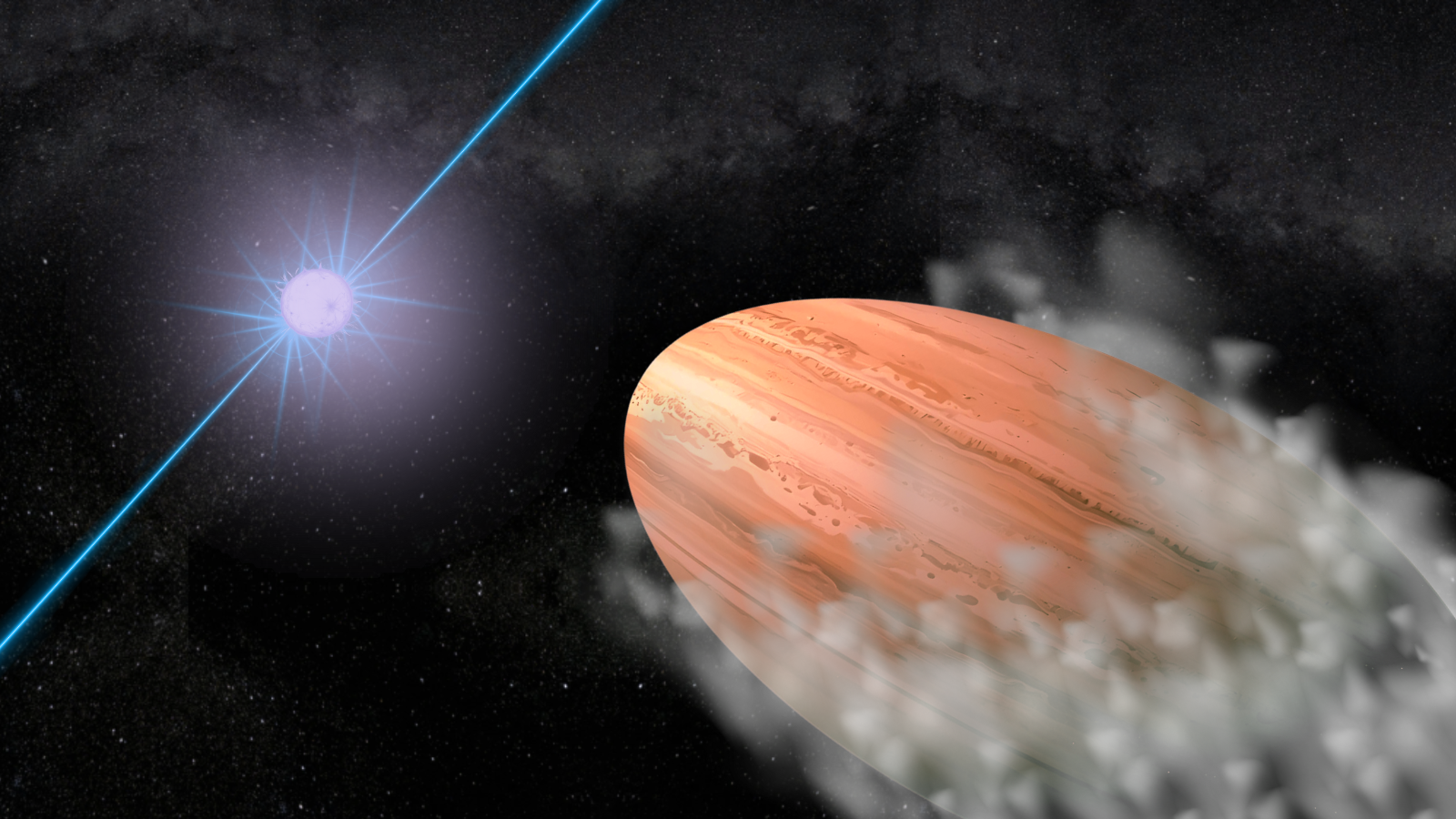
Since astronomers discovered the first world outside the solar system in the mid-1990s, these extra-solar planets or “exoplanets” have astounded us with their strange characteristics.
A new discovery, made using the James Webb Space Telescope…
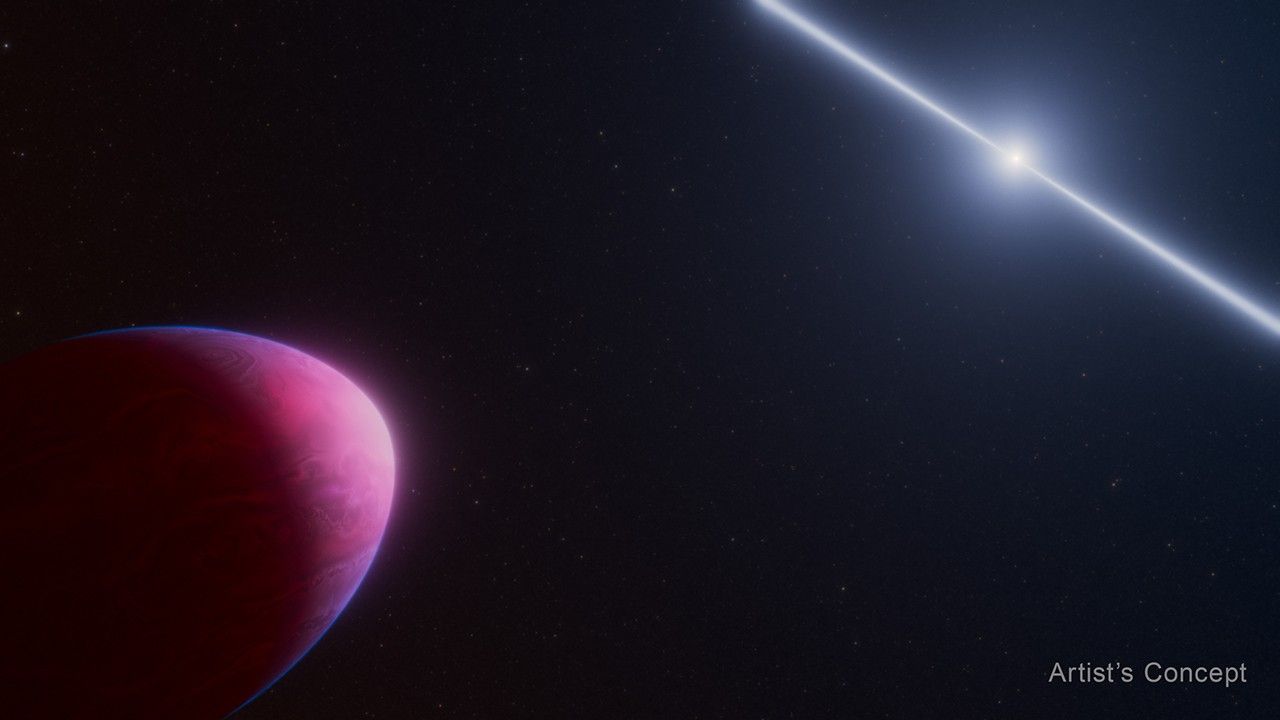
Scientists using NASA’s James Webb Space Telescope have observed a rare type of exoplanet, or planet outside our solar system, whose atmospheric composition challenges our understanding of how it formed.
Officially named PSR…

Could the Star of Bethlehem, which guided the ‘three wise men’ to the infant Jesus in the Christian Bible, have been a comet that came as close to the Earth as the moon?
That’s the remarkable hypothesis from Mark Matney, a planetary scientist in…

Shopping for space enthusiasts isn’t easy, especially if they’ve already got a solid stargazing setup. Maybe they’ve spent thousands of dollars on one of the best telescopes or best cameras for astrophotography, ready to snap Sirius this…

Today’s artificial intelligence models can’t even tie their own shoes.
In new research that puts the latest models to test in a 3D environment, Cornell scholars found that AI fares well with untangling basic knots but can’t quite tie knots…
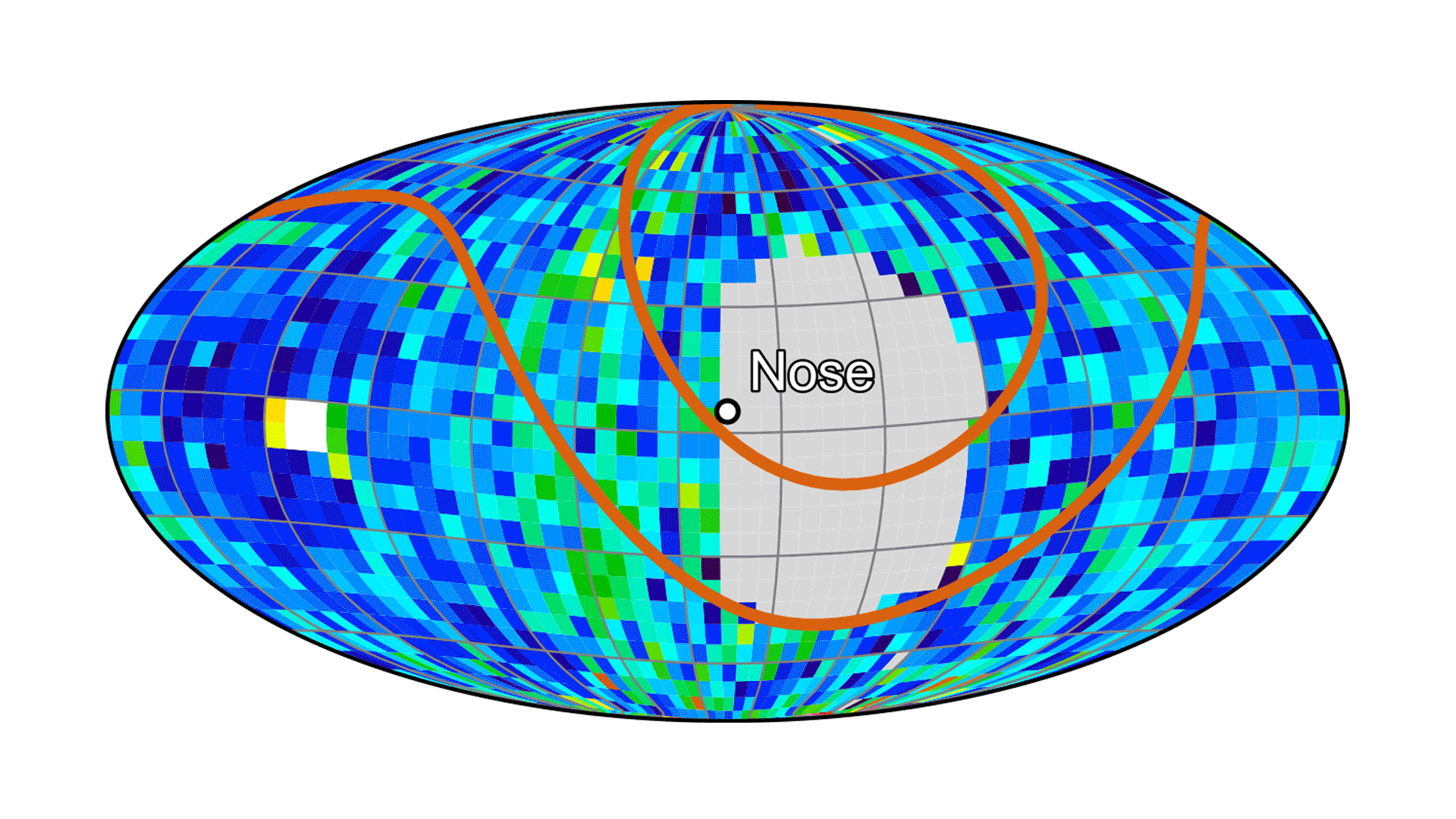
All 10 instruments aboard NASA’s newly launched IMAP (Interstellar Mapping and Acceleration Probe) mission have successfully recorded their first measurements in space. With these “first light” observations, the spacecraft is now…
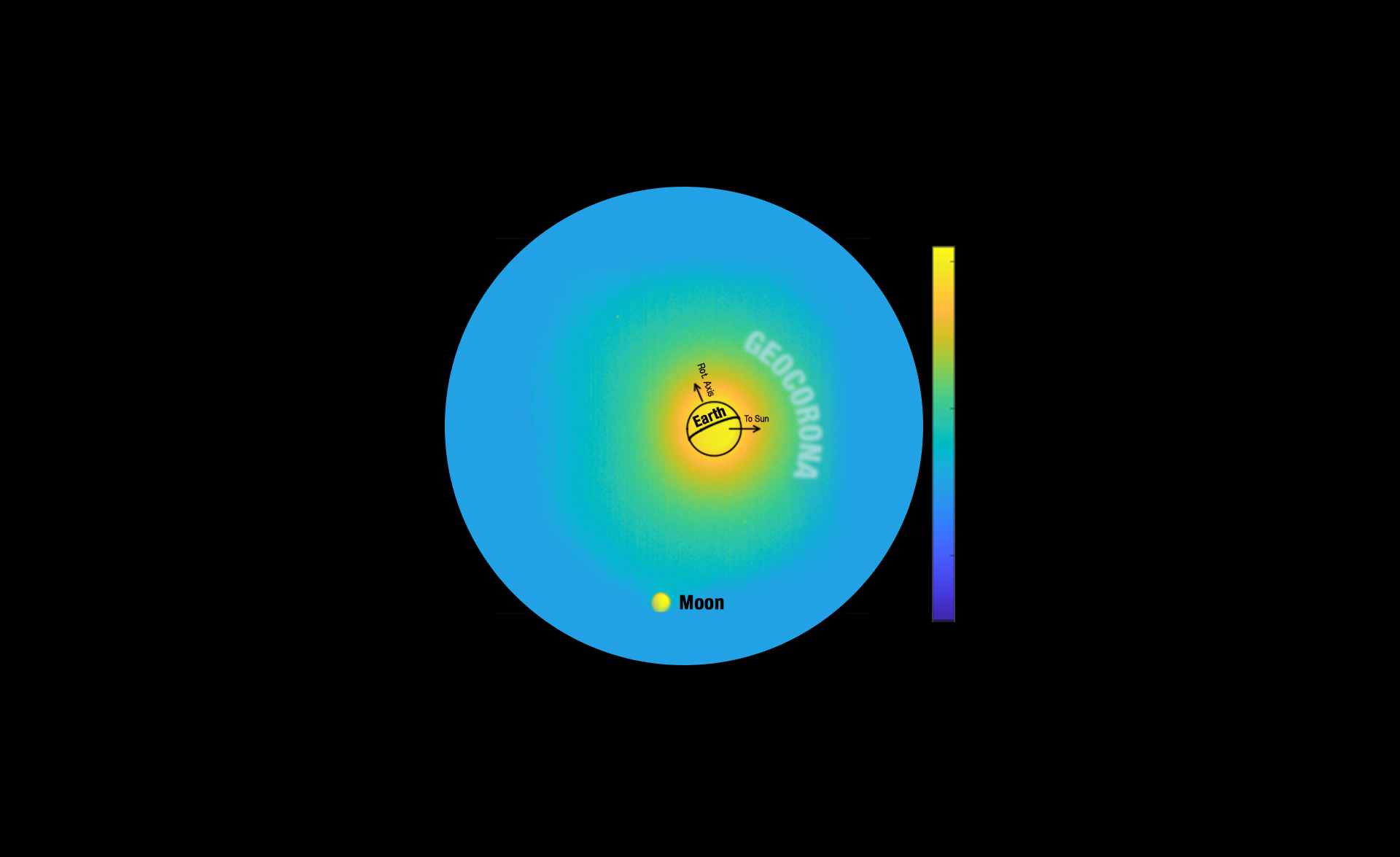
NASA’s Carruthers Geocorona Observatory has captured its first images from space, revealing rare views of Earth and the Moon in ultraviolet light. Taken on Nov. 17 — still months before the mission’s science phase begins — these…

These initial measurements from the satellite’s Poseidon-4 altimeter show how Sentinel-6B will help track sea-level change, ocean currents and wave conditions, while also monitoring water levels from lakes and inland waters…
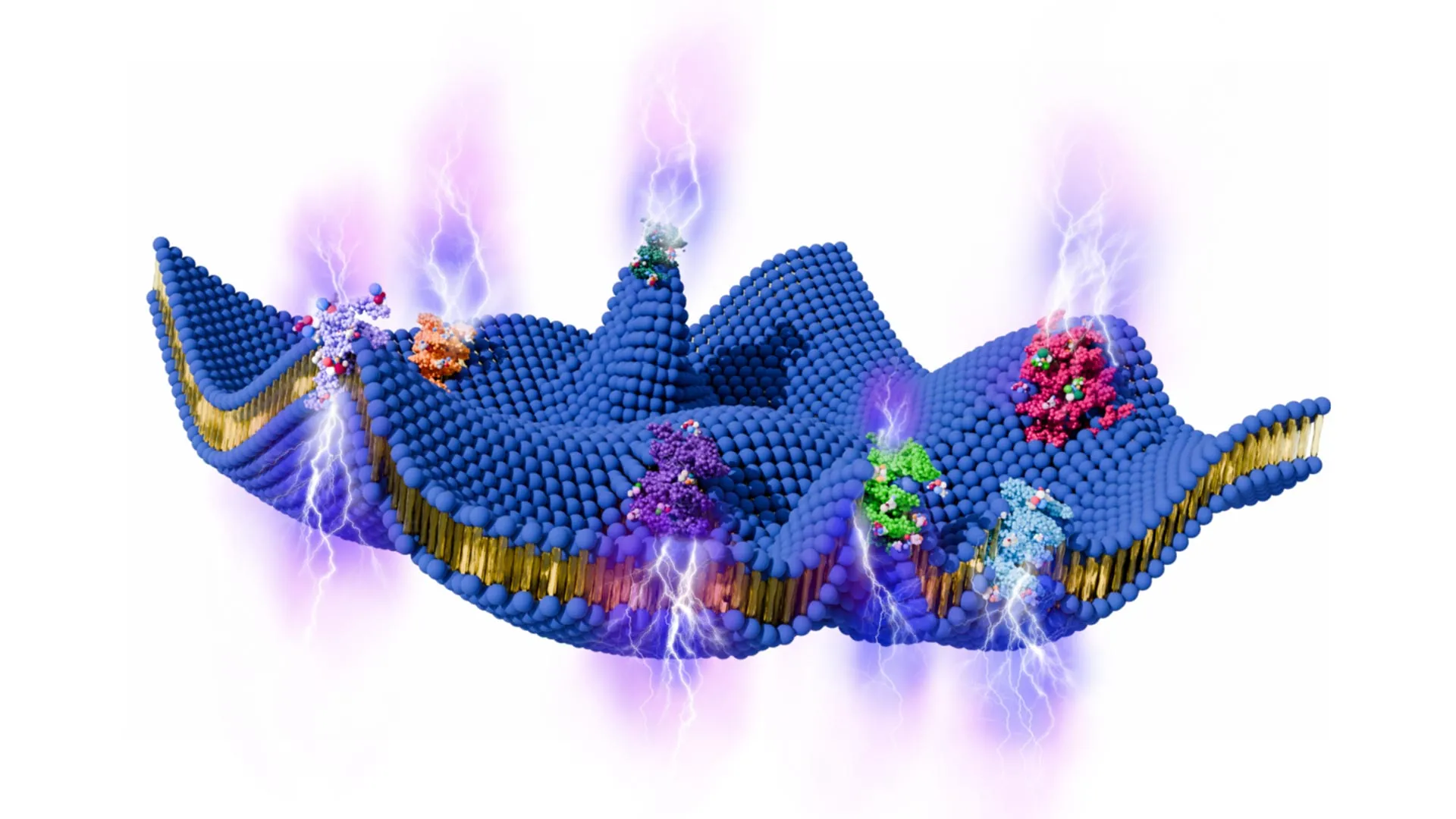
Scientists have developed a new theoretical explanation for how living cells might generate electricity on their own. At the center of the idea is the cell membrane, the thin, flexible layer that surrounds every living cell and controls what…

Terms
While we only use edited and approved content for Azthena
answers, it may on occasions provide incorrect responses.
Please confirm any data provided with the related suppliers or
…